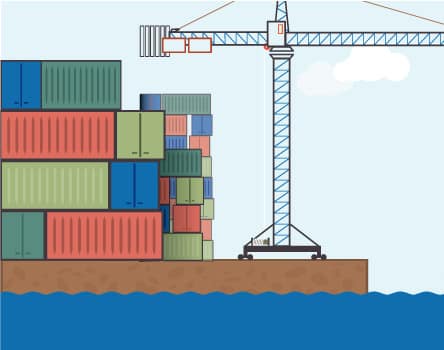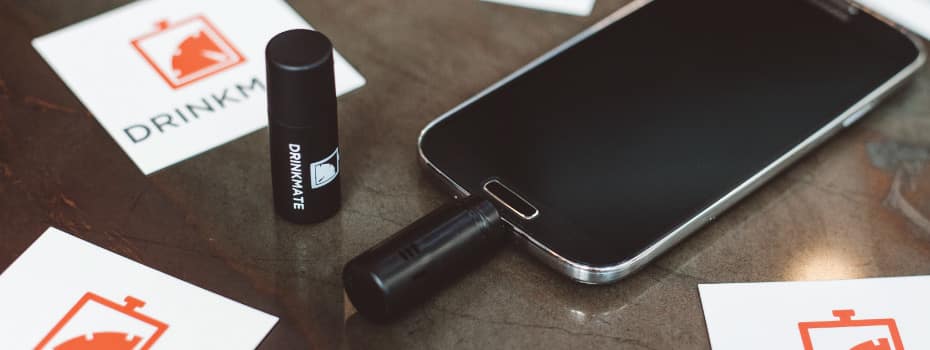Every Friday, we answer a common question about fulfillment, shipping, or business. This week’s question comes from one of the board gamers who entered our giveaway contest for Root. Today we will answer the following question: “how are customs handled after a Kickstarter campaign?”
Need help fulfilling orders for your business?
Request your quote today.
When Are Kickstarter Customs Fees Applied?
Broadly speaking, there are two points in the supply chain management process where customs fees are applied. In order to talk about when customs fees are applied, let’s run with a pretty standard assumption. The assumption is that most Kickstarter campaigns, creators use the funds to have goods manufactured, shipped to a fulfillment center, and then shipped to customers.
Many Kickstarter creators have rewards manufactured in a foreign country. When those goods are shipped from the country where they are manufactured to the country where they are warehoused, the creator is billed for customs. The customs fees are charged based on the value of of the inventory imported. In short: customs are charged when goods are imported and the creator pays.
Of course, most people cannot possibly have a warehouse in every country. That means whether the warehouse is in the United States, European Union, or somewhere else, there will be some packages which must be sent internationally. When packages are sent internationally, customs are often applied. The exceptions to this rule being for really low-value shipments, domestic shipments, and free trade agreements. In short: customs are charged again when goods are shipped internationally, with a few exceptions.
How You Can Handle The Kickstarter Customs Your Backers Worry About
Creators, your backers don’t care about the first customs bill. You pay that when your goods are imported into the country in which your inventory is stored. They only care about the second customs bill – the one that happens for each international package sent out. Why do they care? Because they sometimes have to pay it!
You have three options for dealing with the second round of customs bills. Each one has pros and cons.
The first option: you can make your backers pay customs. This sounds terrible, but many backers are used to it. What’s more, many items cost so little that the importing country doesn’t want to be bothered with collecting taxes. This is, by far, the simplest solution but it also means your campaign may not be “EU-friendly” or “Canada-friendly.” Those terms only apply when backers are not charged for customs.
The second option involves avoiding international shipping costs by shipping domestically from within different countries. For really large companies, this approach can be very good. Large companies can afford to store some of their inventory in Europe, some in the US, some in Canada, some in Australia, and so on. The problem is that most creators cannot afford this. Using multiple warehouses is not a good solution for a lot of small businesses.
The final option involves using Delivery Duty Paid (DDP) shipping. In this case, the creator pays for the customs on the behalf of each international backer. This is a method we’ve recently started using at Fulfillrite through “Asendia Tracked Duty Paid” shipping. This is the most elegant solution to customs-friendly shipping in our opinion. It is also pretty expensive, though not as much as multiple warehouses.
Final Thoughts
Kickstarter customs look confusing from the outside. Thankfully, there are elegant ways for Kickstarter creators to handle customs fees and give their customers a great experience.
If you still find customs incredibly complex and need some help, give us a call! We’d be happy to help answer questions or point you in the right direction 🙂
Need help fulfilling orders for your business?
Request your quote today.
You’ve done everything by the book. Your Kickstarter campaign is almost ready to launch.
You made a great product. Built an audience. Set up a campaign page.
But how do you ship it?
We put this checklist together to help you get started. It's free.





